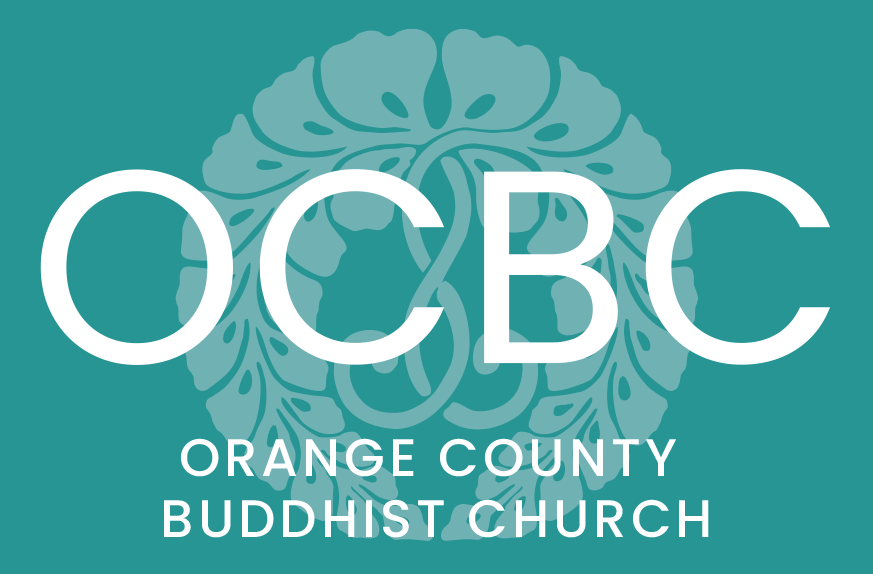America Will Be the Country with the 10th Largest Buddhist Population in 2050!
Hello everyone! I hope this message finds you well. I want to briefly talk about how Buddhism has become a global religion and came to America and about its potential development in the future.
Buddhism comes to America
Buddhism first came to North American shores when Chinese immigrants arrived in the mid-19th century. Many were fleeing the Opium Wars ravaging China, and the discovery of gold in California in 1848 created a booming economy that needed workers. The first Buddhist temple in the Western hemisphere, and possibly the first outside of Asia, was built by the Chinese community in San Francisco, CA, in 1853.
In the 1880s, Japanese immigrants also began coming to the U.S. In 1899, a branch of Jodo Shinshu—Shin Buddhism, a Pure Land school of Japan—sent two missionaries to San Francisco. Those were Reverend Shoue Sonoda and Reverend Kakuryo Nishijima. Soon after their arrival, both the Buddhist Church of San Francisco and the Buddhist Mission of North America (BMNA) were officially organized. BMNA was renamed the Buddhist Churches of America (BCA) during World War II and has lasted over 120 years. Members built Shin Buddhist temples on the West Coast, Canada, and Mexico. By the 1930s, most other Buddhist schools in Japan had also built at least one temple in North America to serve the growing Japanese American population.
At the same time, non-Asian Westerners took an interest in Buddhism. By the 19th century, European scholars living in British colonies in Asia were producing English translations of Asian sacred texts, including Buddhist sutras. These influenced European and American philosophers, including Ralph Waldo Emerson (1803–1882) and Henry David Thoreau (1817–1862).
Few writers and translators did more to bring Buddhism to the West than Daisetsu Teitaro Suzuki (1870–1966), who had studied European and Asian languages at Tokyo University. Beginning in the 1920s and 1930s, Suzuki’s books, translations, and lectures introduced Buddhism, especially Japanese Zen and Pure Land, to a vast audience of non-Asian Western readers, including the writer Alan Watts and Beat Generation authors Allen Ginsberg and Jack Kerouac. Their popular and widely read books made Zen a household name in the 1950s and 1960s.
Future of Buddhism in America (source: Pew Research Center)
The number of Buddhists worldwide is expected to increase from 488 million to about 511 million between 2010 and 2030, then decline to 486 million by 2050, roughly where it was in 2010. During the same period, the world’s population is expected to increase considerably. As a result, the percentage of the world’s Buddhist population is forecast to decrease from about 7% in 2010 to 5% in 2050. The projected decline in the share of the world’s population that is Buddhist is a result of its aging population and low fertility rate relative to other religious groups.
In North America, the Buddhist population is projected to grow by more than 2 million, from 3.9 million in 2010 (or 1.1 % of North America’s population) to nearly 6.1 million in 2050 (1.4% of North America’s population).
The teaching of Buddhism has high potential in the future in North America. The U.S. will rank as the county with the 10th largest Buddhist population in 2050, the first among Western countries. Toward the 125th anniversary of BCA in 2024, let me share the poem of the 21st Gomonshu Myōyo (Otani Kōson), who dispatched the first Jodoshinshu ministers of Rev. Sonoda and Nishijima, expressing inclusiveness and equality of the Amida Buddha’s wish to everyone.
Among all people who are equal,
Let us disseminate the seeds of Buddha-Dharma
もとよりも ひとにへだては なかりけり
ひとつみのりの たねや しかまし
Happy New Year 2023!
Gassho,
Rev. Dr. Mutsumi Wondra



